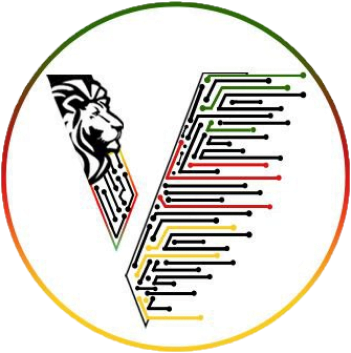In the digital era, government websites have undergone a remarkable transformation, transcending the static confines of information repositories to emerge as dynamic and interactive platforms. Join us on a journey through the evolution of government websites, as we unravel the significant shifts that have reshaped the online interface between citizens and their governing bodies.
a) The Static Era
Information at a Standstill In the early days of the Internet, government websites were akin to digital brochures—static pages offering basic information with limited interactivity. We’ll explore this foundational phase, reflecting on how these static sites served as initial stepping stones towards digital accessibility but left citizens yearning for more engaging and responsive online experiences.
b) Enter the Dynamic Age
Interactivity Redefined As technology advanced, so did the expectations of citizens. Governments responded by ushering in the dynamic age of websites. Our analysis will delve into the incorporation of interactive elements—forms, feedback mechanisms, and personalized portals—that not only disseminated information but invited active participation. We’ll showcase examples of how these innovations have empowered citizens to engage more meaningfully with their government, fostering a sense of collaboration and transparency.
c) Responsive Design and User-Centricity
Bridging the Divide With the advent of responsive design, government websites transcended device limitations, ensuring a seamless user experience across various platforms. We’ll explore how user-centric approaches, informed by feedback and usability studies, have become central to website development. This shift has not only enhanced accessibility for citizens but has also elevated the overall effectiveness of digital governance.
d) The Future Beckons
Artificial Intelligence and Beyond Looking ahead, the evolution of government websites shows no signs of slowing down. Artificial Intelligence (AI) and machine learning are poised to play pivotal roles in customizing user experiences, predicting citizen needs, and streamlining service delivery. We’ll provide insights into how these emerging technologies are set to shape the next phase of government websites, making them more intuitive, efficient, and tailored to individual preferences.
e) A Total Transformation
Navigating the Dynamic Landscape Join us as we explore the fascinating journey from static to dynamic government websites, dissecting the pivotal moments and technological advancements that have propelled this evolution. Together, we’ll gain a comprehensive understanding of how these changes reflect not only the progress of e-government initiatives but also the commitment to providing citizens with a user-centric, responsive, and interactive online experience.
Get ready to navigate the dynamic landscape of government websites—one click at a time.



































